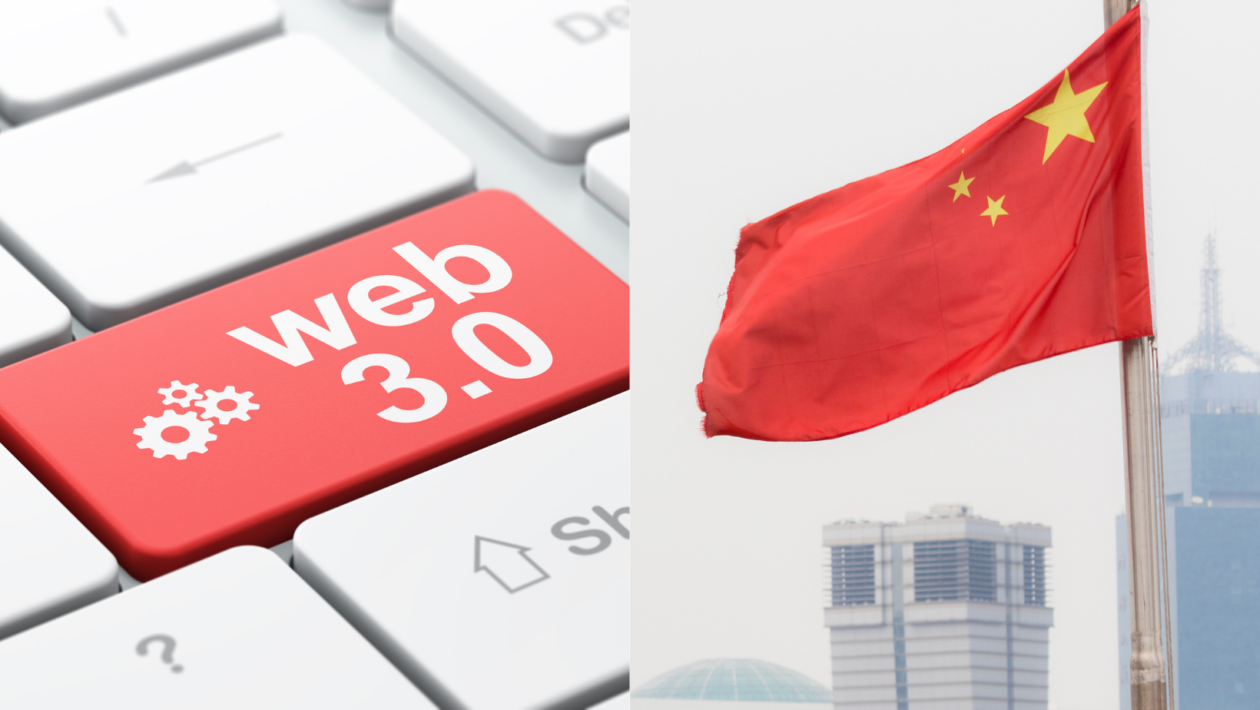With Hong Kong getting the green light from the Chinese government to develop into a hub for Web3 and digital assets, many are speculating that the Chinese government might modify its blanket crypto ban and become more open to digital asset investing and trading.
We are indeed observing signs that the Chinese government sees blockchain technology and digital assets as a potential source of economic growth. However, all the turmoil and scandals in the global crypto industry over the past year likely only validated its perception of cryptocurrency as a threat to financial and social stability.
Little happens in China without the government’s explicit or tacit blessing. Notably, the blockchain applications that the Chinese government has been supporting have mostly little to do with the decentralized and permission-less public blockchains that are orchestrated by tokens.
In the first months of 2023, we already saw in China some interesting development in digital assets. In particular, its central bank digital currency — officially known as e-CNY — has expanded its smart contract functionality to play a bigger role in everyday economic activities. Meanwhile, a government-endorsed China Digital Asset Exchange was established Jan. 1 in Beijing, which might open the door for second-hand trading of NFTs.
However, as we look into the direction of these developments, the Chinese government appears to be trying to replicate what it did with the internet industry in the Web2 era: to construct an ecosystem that is independent of the public blockchains in the global market — a Web3 with Chinese characteristics.
The Chinese government has been a global leader in advancing the mass adoption of its CBDC. The digital legal tender, e-CNY, got a lot of inspiration from blockchain innovation, in particular, the idea of programmable money.
Taking a page from the playbook of Alipay and WeChat Pay, e-CNY leveraged the use case of digital red envelopes to acquire users during the recent Chinese New Year holiday season. The e-CNY red envelope was not only available in its own wallet app, but also in super apps including Alipay, WeChat and Meituan. Multiple city governments also used the e-CNY red envelope to distribute consumer subsidy vouchers.
Smart contracts allowed the e-CNY red envelope to be integrated with retail marketing campaigns on super apps or to control where and how government subsidies are used. But unlike the smart contracts that anyone can deploy and use on public blockchains, the e-CNY smart contract functionality is anything but permissionless.
The China Digital Asset Exchange launched in January is a platform backed by China Technology Exchange, China Cultural Heritage Exchange Center, and Huaban Digital Copyrights Center. It claims to be the first compliant platform that supports second-hand trading of digital collectibles. Before its launch, all the digital collectible platforms in mainland China, including Jingtan under the Ant Group and Huanhe under Tencent, did not allow users to resell their digital collectibles to other users.
The China Digital Asset Exchange also claims that it will launch its own blockchain to register and verify ownership and copyright.
Maybe we will see more exchanges like this established later, but it seems increasingly clear that China plans to regulate NFTs — which are called “digital collectibles” in China — as it does the existing culture industry, with only a limited number of licensed players having official permission to create, publish, sell or facilitate the trading of NFTs/digital collectibles.
In both its CBDC as well as its NFT developments, the Chinese government is showing its belief that it can be a global leader in digital asset technology and applications, without adopting the Web3 narrative from the West that champions freedom, privacy and decentralization.
China’s stance does not contradict its support of Hong Kong as a bridge to the global crypto and Web3 ecosystem. In the Web2 era, Hong Kong has been serving as the bridge connecting China’s self-reliant and highly-regulated internet ecosystem to the global technology and capital markets. The Chinese government seems to believe the same can be done in the Web3 era.
Hong Kong will certainly play an essential role in bridging the divergent worlds of digital assets of China and the global market. But will China be able to develop a self-reliant and vibrant “Web3 with Chinese characteristics” ecosystem of its own?
In mainland China and Hong Kong, block applications might be integrated into use cases in the real economy faster than in many other regions, given the efficiency of top-down directives. Meanwhile, this year we will very likely see the U.S. and Europe tighten their regulations over the crypto industry — which actually gives more justification to China’s version of a fully compliant digital asset industry.
However, the blockchain is often called a trust machine because of its potential to enable people to collaborate without having to go through a central authority. That is why it is often seen as both a technology movement and a social movement. Would blockchain and digital assets still have a compelling advantage over existing technologies if it relies on the same central authority to create trust?
Use cases in everyday life and efficiency certainly help to attract mass users, but what makes Web3 compelling to many is its promise to shift power from platforms to users by giving users more control over their data and assets.
If the infrastructure under digital assets is not decentralized public blockchains, it means user behavior are more traceable and transparent to the central operator. Would users outside of China accept this trade-off?
In the next several years, it will be interesting to see whether it is possible to have a Web3 with Chinese characteristics that develops and operates fully outside of public blockchains. An ecosystem without tokens that can be bought or sold in a free and open market, but still offers users the advantages of efficiency while permitting the ultimate centralized authority — the government — the ability to trace, program and control the flow of digital assets. But would Web3 still be Web3 without any decentralization?





